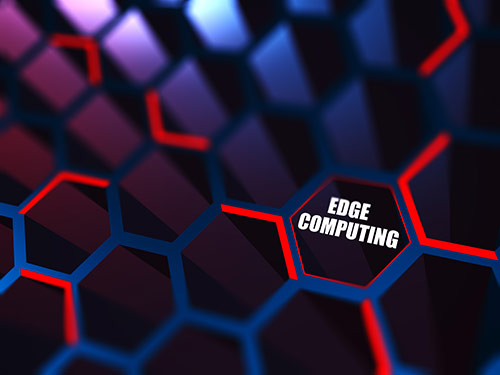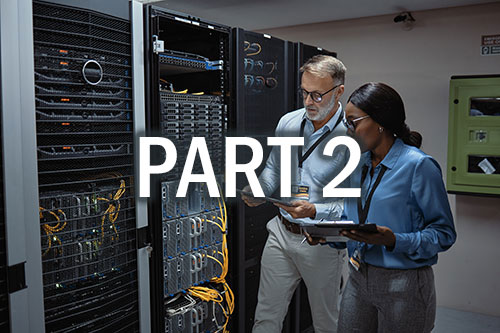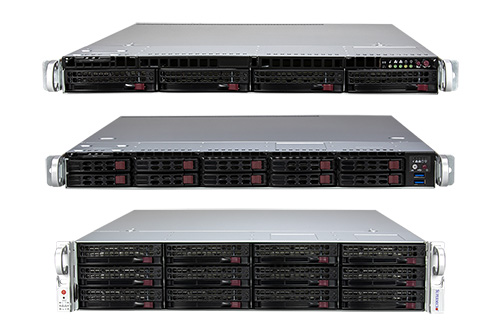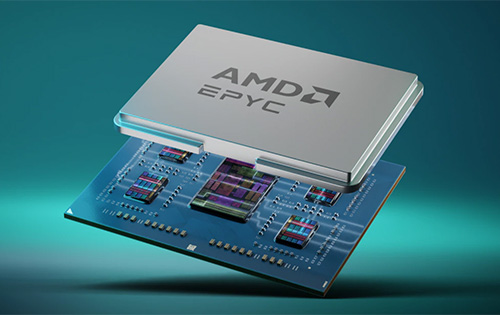When content creators at media and entertainment (M&E) organizations create videos and films, they’re also competing for attention. And today that requires a lot of technology.
Making a full-length animated film involves no fewer than 14 complex steps, including 3D modeling, texturing, animating, visual effects and rendering. The whole process can take years. And it requires a serious quantity of high-end compute, storage and software.
From an IT perspective, three of the most compute-intensive activities for M&E content creators are VDI, rendering and storage. Let’s take a look at each.
* Virtual desktop infrastructure (VDI): While content creators work on personal workstations, they need the kind of processing power and storage capacity available from a rackmount server. That’s what they get with VDI.
VDI separates the desktop and associated software from the physical client device by hosting the desktop environment and applications on a central server. These assets are then delivered to the desktop workstation over a network.
To power VDI setups, Supermicro offers a 4U GPU server with up to 8 PCIe GPUs. The Supermicro AS -4125GS-TNRT server packs a pair of AMD EPYC 9004 processors, Nvidia RTX 6000 GPUs, and 6TB of DDR5 memory.
* Rendering: The last stage of film production, rendering is where the individual 3D images created on a computer are transformed into the stream of 2D images ready to be shown to audiences. This process, conducted pixel by pixel, is time-consuming and resource-hungry. It requires powerful servers, lots of storage capacity and fast networking.
For rendering, Supermicro offers its 2U Hyper system, the AS -2125HS-TNR. It’s configured with dual AMD EPYC 9004 processors, up to 6TB of memory, and your choice of NVMe, SATA or SAS storage.
* Storage: Content creation involves creating, storing and manipulating huge volumes of data. So the first requirement is simply having a great deal of storage capacity. But it’s also important to be able to retrieve and access that data quickly.
For these kinds of storage challenges, Supermicro offers Petascale storage servers based on AMD EPYC processors. They can pack up to 16 hot-swappable E3.S (7.5mm) NVMe drive bays. And they’ve been designed to store, process and move vast amounts of data.
M&E content creators are always looking to attract more attention. They’re getting help from today’s most advanced technology.
Do more:
- Read a solution brief: Supermicro servers using AMD CPUs deliver application-optimized servers for content creation studios
- Review a data sheet: AMD EPYC 9004 Series processors
- Read a blog post: How ILM creates visual effects faster & cheaper with AMD-powered Supermicro hardware












